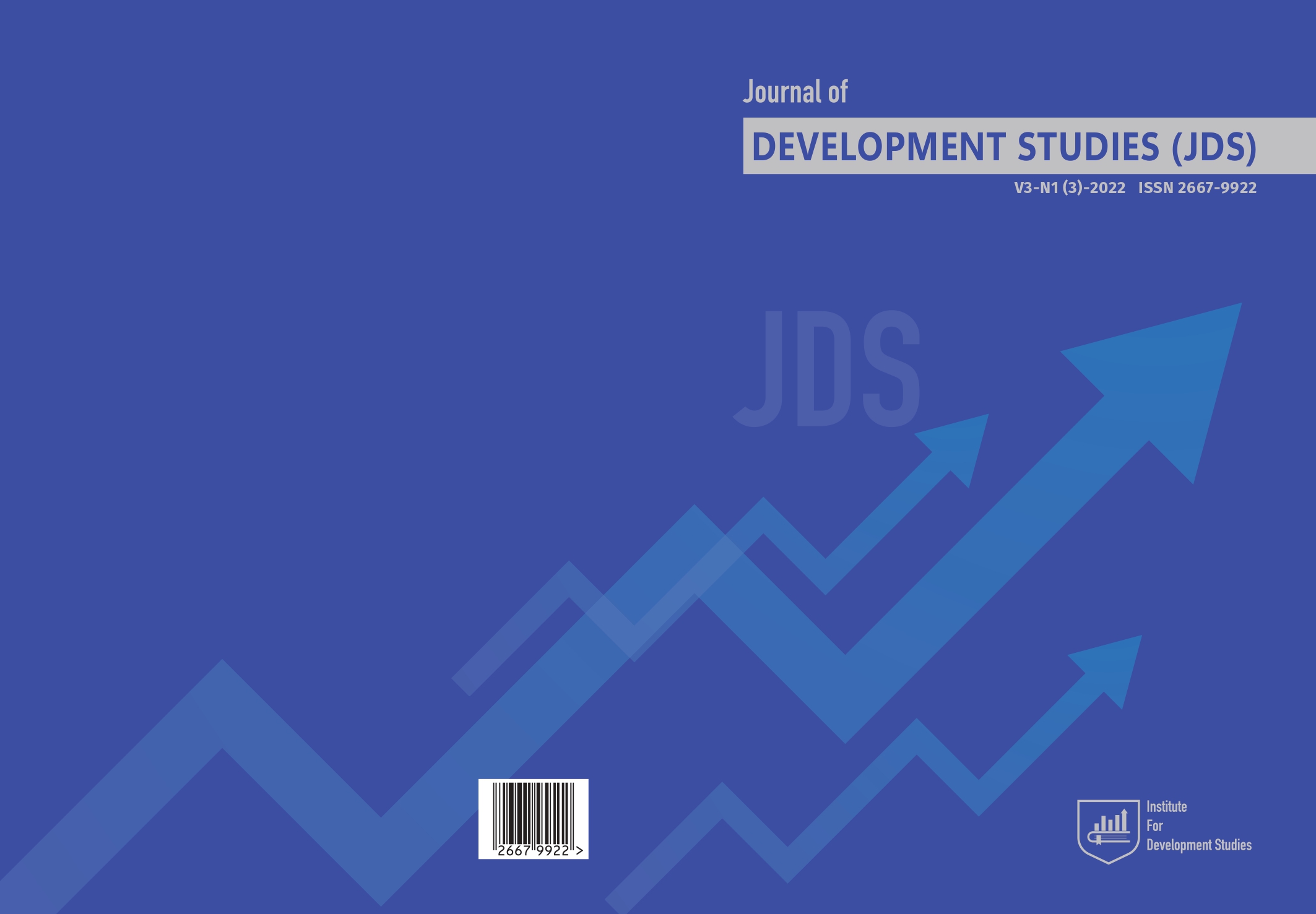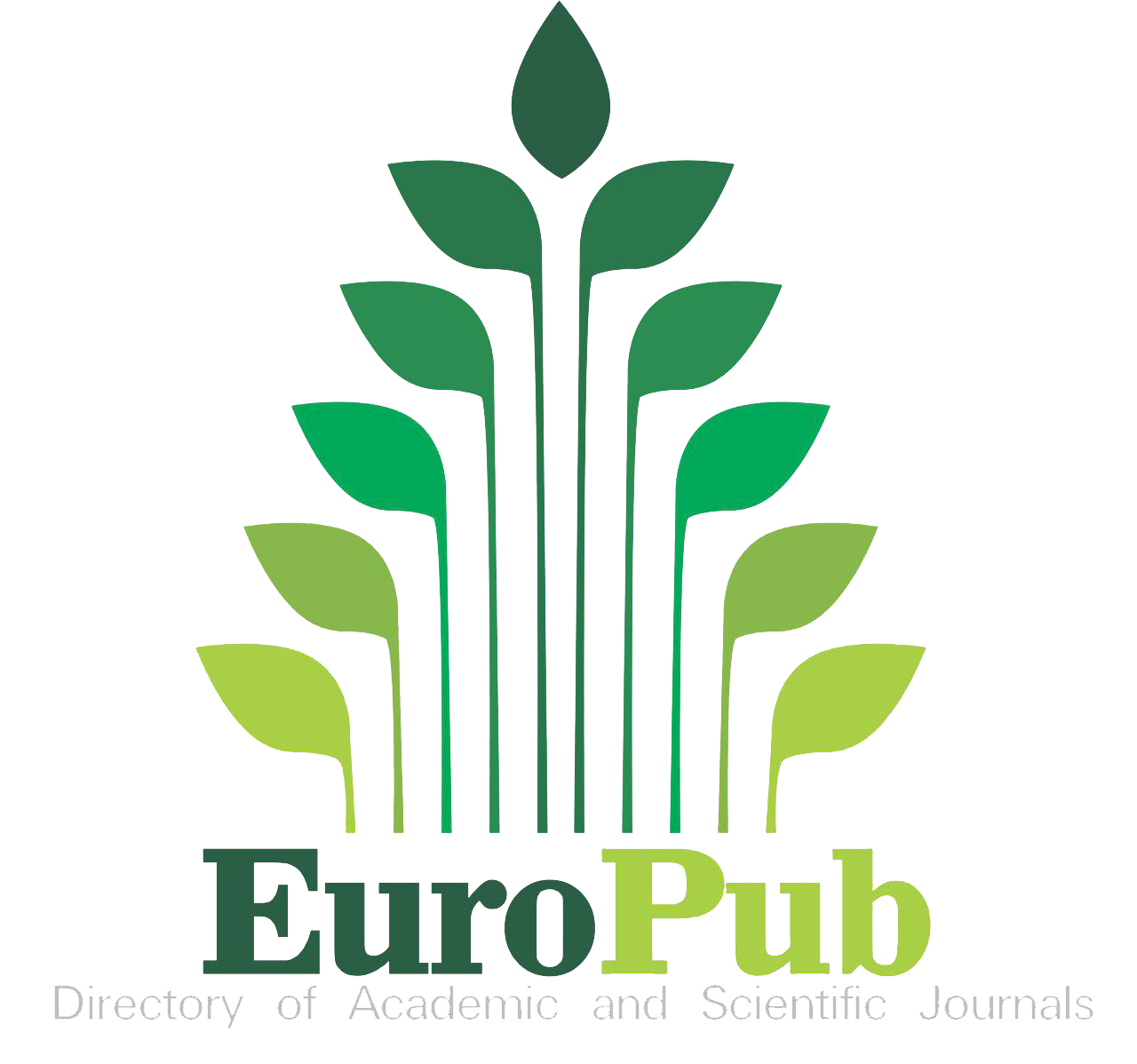Some Aspects of the Historical Connection between Traditional Hydrothermal Public Baths and the Modern Spa Industry
DOI:
https://doi.org/10.52340/jds.2022.03.03.05Keywords:
Health Tourism, Wellness, Spa Industry, Hydrothermal Spa TreatmentsAbstract
The volume of wellness tourism in the world was rated at 639.4 billion US dollars in 2017. This is one of the fastest-growing segments in tourism, and it grew by 6.5% annually from 2015 to 2017. In 2017, 830 million wellness trips were made, which is 139 million more than in 2015. Throughout the millennia, numerous different cultures have used the power of water and warmth for cleanliness and treating their ills. In ancient times, both water and warmth were considered luxuries and were scarcely available.
On the outskirts of Dzalisa village in Georgia, an ancient settlement was found, where a bath made with hewn stones was discovered within part of a palace complex. The Roman-type bath was constructed at the beginning of the 3rd century and consisted of three sections, with cold, warm and hot water tubs, and a well-preserved heating hypocaust system. The floors of the cold and warm baths and the dressing room were covered with mosaics. The origin of Roman thermal baths, Turkish hamams, Finnish saunas,
Japanese onsens, and other hydrothermal spa procedures led to the custom of body cleaning and cleansing. Today, however, the health and aesthetic benefits of hydrothermal bathing are more widely recognized. In recent years, medical scientists have been researching the effect of cold action on high temperatures and the body, and have determined that a key benefit of such a temperature change is detoxification. Body heat and sweating rid the body of toxins, and the extreme change in temperature improves blood circulation and gives a positive boost to organism function.
Downloads
References
Cavanah, C. (2016). Guide to Hydrothermal Spa & Wellness Development Standards. Maiami, FL 33131, United States, 2016.
Chronicle of friendship. Volume I, Tbilisi, Publishing House “Soviet Georgia”, 1961.
Essays on the History of Georgia, Volume 2, Tbilisi, Publishing House “Soviet Georgia”, 1973.
Global Wellness Institute, Global Wellness Tourism Economy, 2018. https://globalwellnessin stitute.org/industry-research/global-well ness-tourism-economy/
Nodia, M. (1954). Resorts and Summer Cottages, Tbilisi. Gruzmedgiz, Tbilisi, 1954.
Tsitsishvili, I. (1955). History of Georgian Art. Art of the Pre-Class Society Period: Force. Tb., 1955, p. 33-34; 41-43.
Knipp (2022). Retrieved from the Kneipp Association. https://www.kneippbund.de/fileadmin/user_
upload/kneipp-bund/dokumente/presse/pressemitteilungen/2018/180910_PM_Gros se_Schritte.pdf 07.01.2022
Downloads
Published
How to Cite
Issue
Section
License
Copyright (c) 2024 Gigi Kuparadze, Niko Kvaratskhelia

This work is licensed under a Creative Commons Attribution-ShareAlike 4.0 International License.














